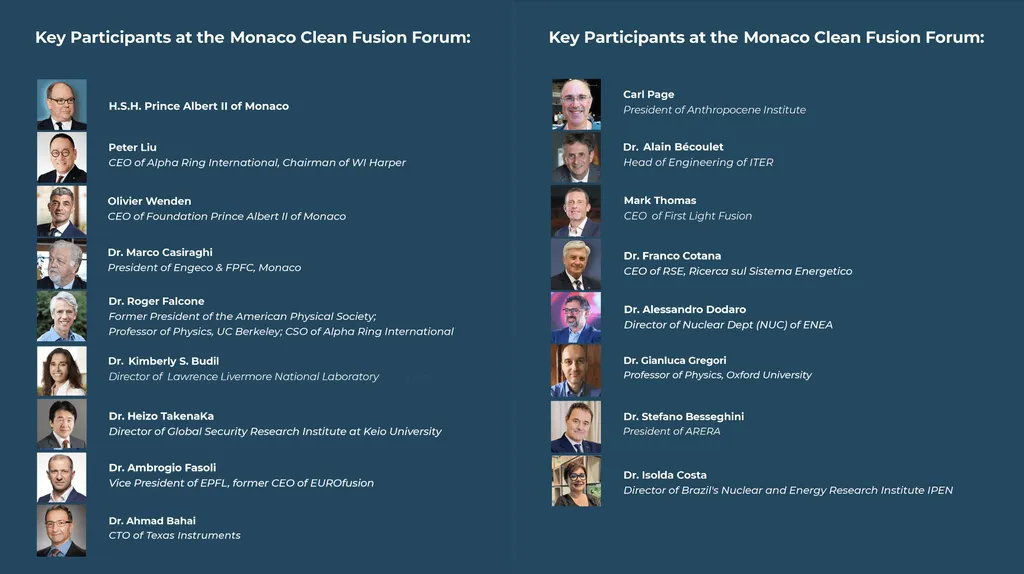In the quest for sustainable and efficient energy, nuclear fusion stands as a beacon of promise. Recent research published in the journal *Nuclear Fusion* and translated to English, titled “Orbit-space sensitivity of two-step reaction gamma-ray spectroscopy,” sheds light on a critical aspect of this technology. Led by Dr. Alessandro Valentini from the Department of Physics at the Technical University of Denmark and the University of Milano-Bicocca, the study delves into the intricacies of gamma-ray spectroscopy, a tool essential for understanding the behavior of energetic particles in fusion reactors.
Fusion reactors, particularly tokamaks, rely on the confinement of high-energy particles, such as alpha particles, to sustain the fusion process. These particles, born from the fusion of deuterium and tritium, play a pivotal role in maintaining the reactor’s plasma. However, their behavior within the reactor’s magnetic fields is complex and not fully understood. This is where gamma-ray spectroscopy comes into play. By analyzing the gamma-rays emitted from reactions between these energetic particles and other elements within the reactor, scientists can gain insights into the particles’ orbits and energies.
Dr. Valentini’s research focuses on the orbit-space sensitivity of two-step reaction gamma-ray spectroscopy. “We calculated the sensitivity of this diagnostic technique in toroidally symmetric magnetic equilibria,” explains Dr. Valentini. “Using the reaction between alpha particles and beryllium-9 as an example, we quantified the sensitivity through weight functions in the alpha-particle orbit space.”
The study highlights the significant impact of line-of-sight geometry on the gamma-ray spectra. By repeating calculations for three different geometries, the researchers observed substantial changes in sensitivity patterns. This finding underscores the importance of precise diagnostic setups in fusion experiments.
The implications of this research are profound for the energy sector. Understanding the behavior of energetic particles in fusion reactors is crucial for optimizing reactor performance and ensuring the viability of fusion as a commercial energy source. “Weight functions allow us to quickly compute forward model problems,” notes Dr. Valentini. “This means we can calculate spectra from many distribution functions and compare them with experimental measurements, accelerating the development of fusion technology.”
As the world grapples with the challenges of climate change and the need for sustainable energy, advancements in fusion technology offer a glimmer of hope. Dr. Valentini’s research is a significant step forward in this field, providing valuable insights that could shape the future of fusion energy. With continued innovation and collaboration, the dream of harnessing the power of the stars may soon become a reality, revolutionizing the energy sector and paving the way for a cleaner, more sustainable future.

